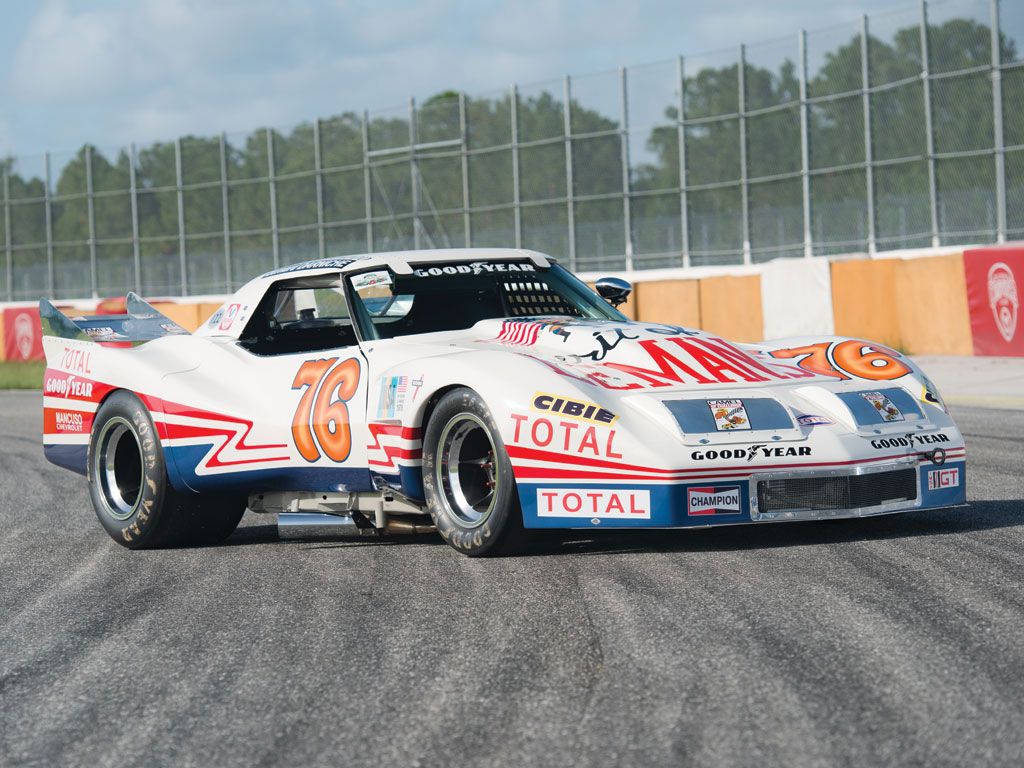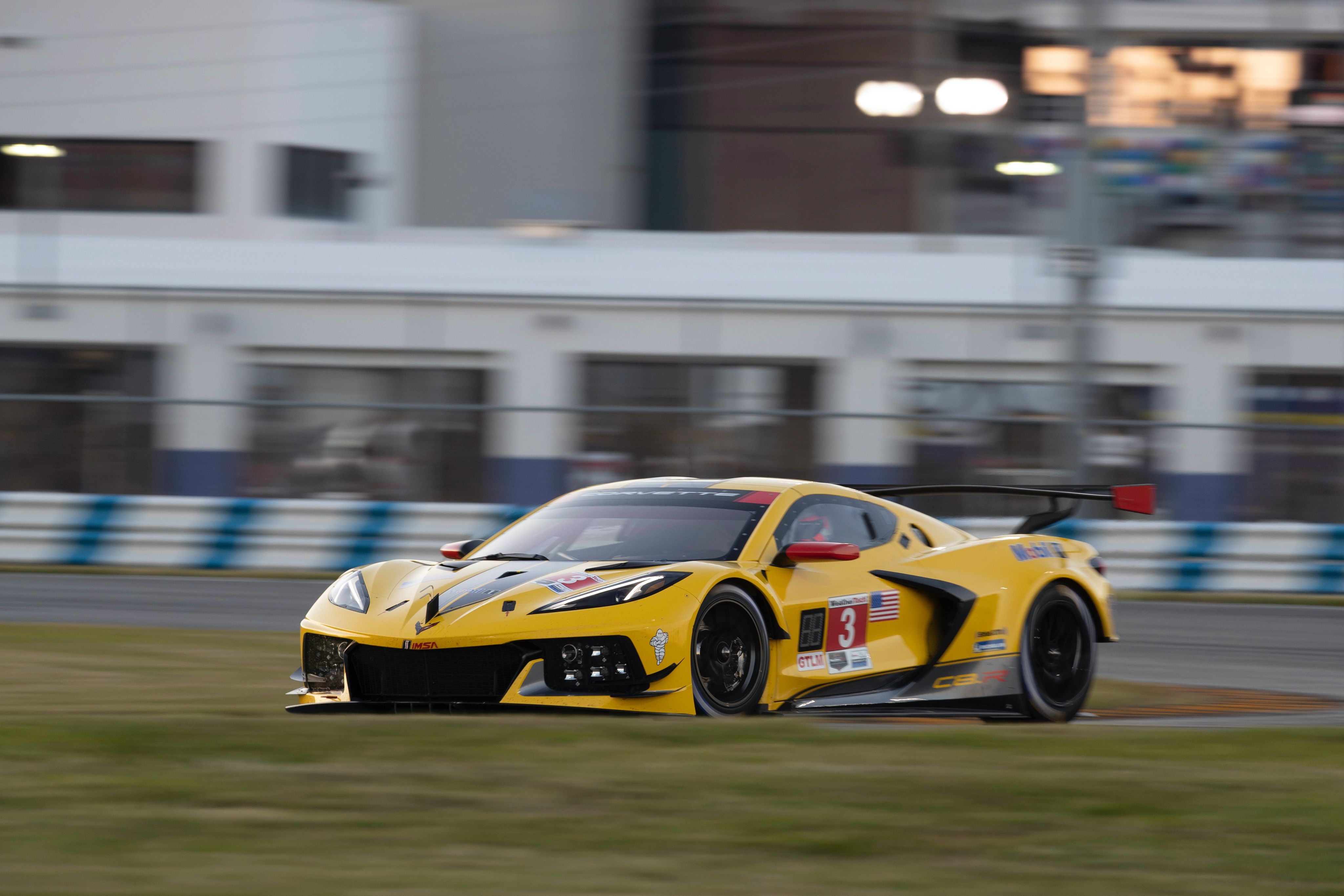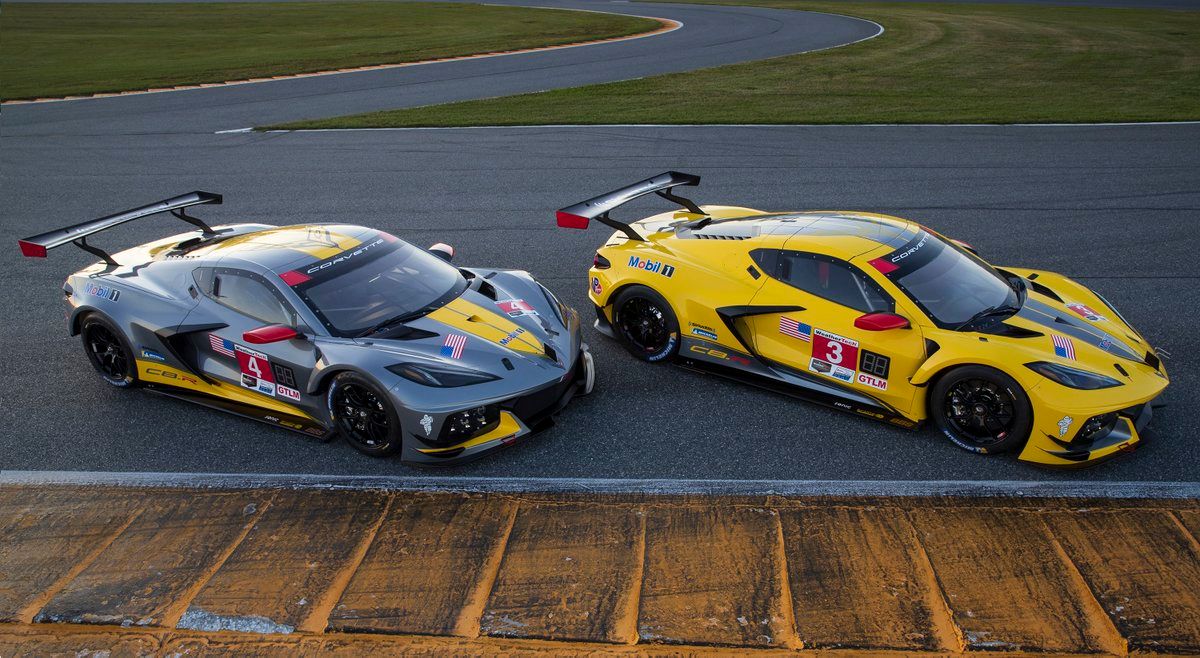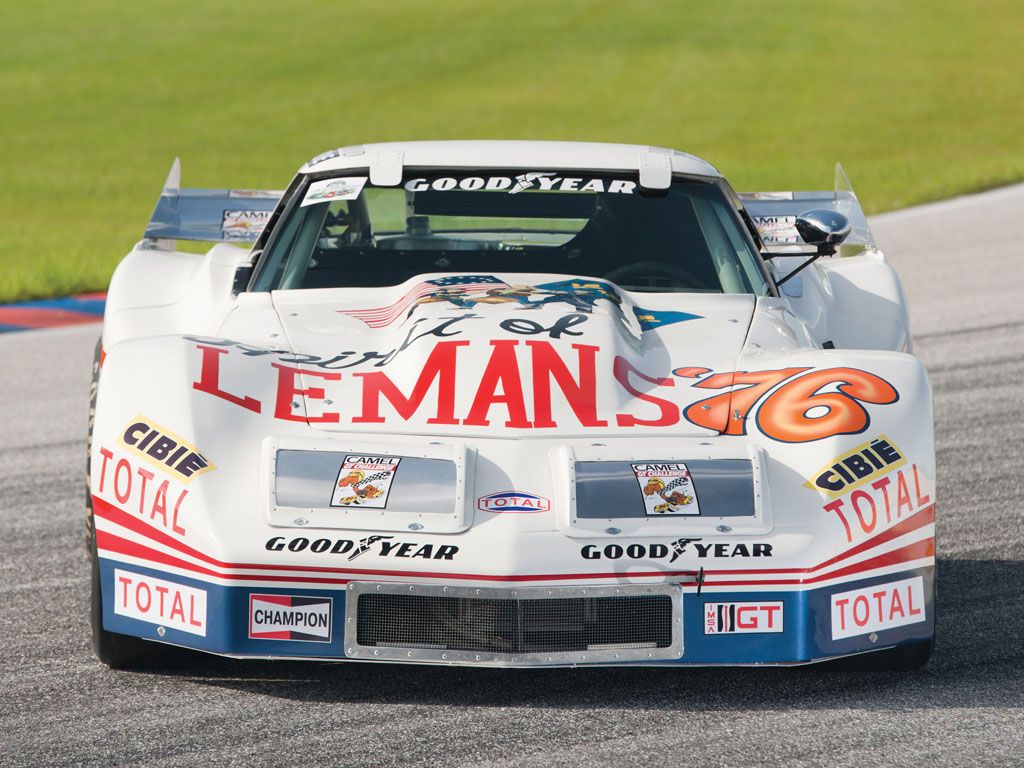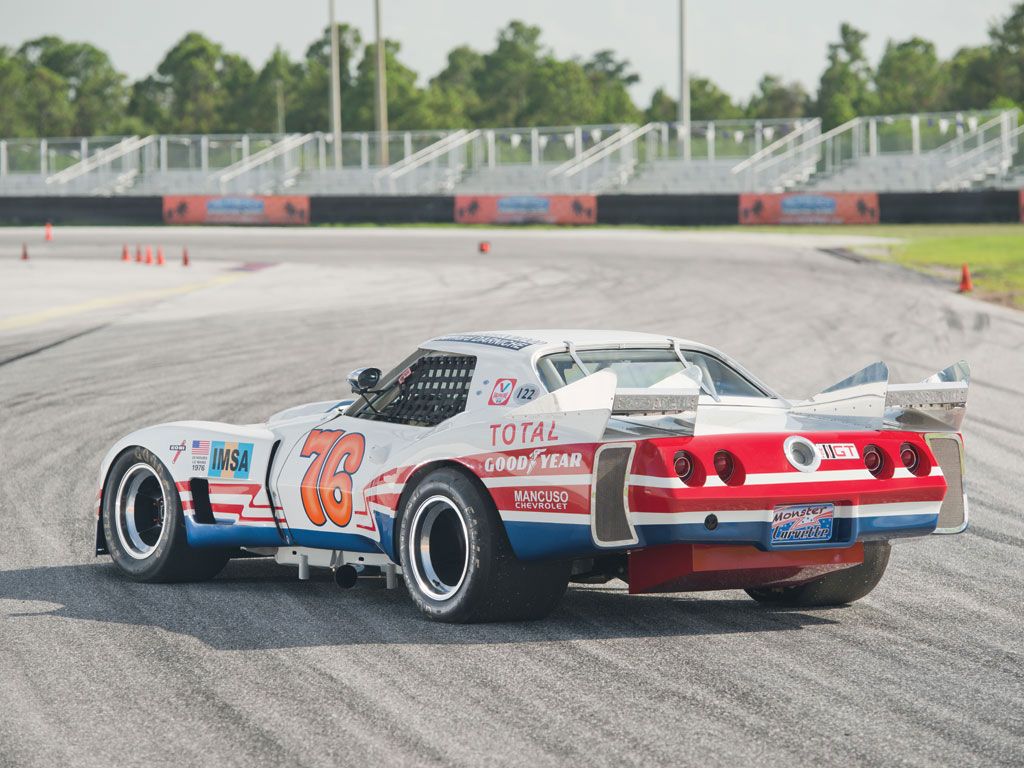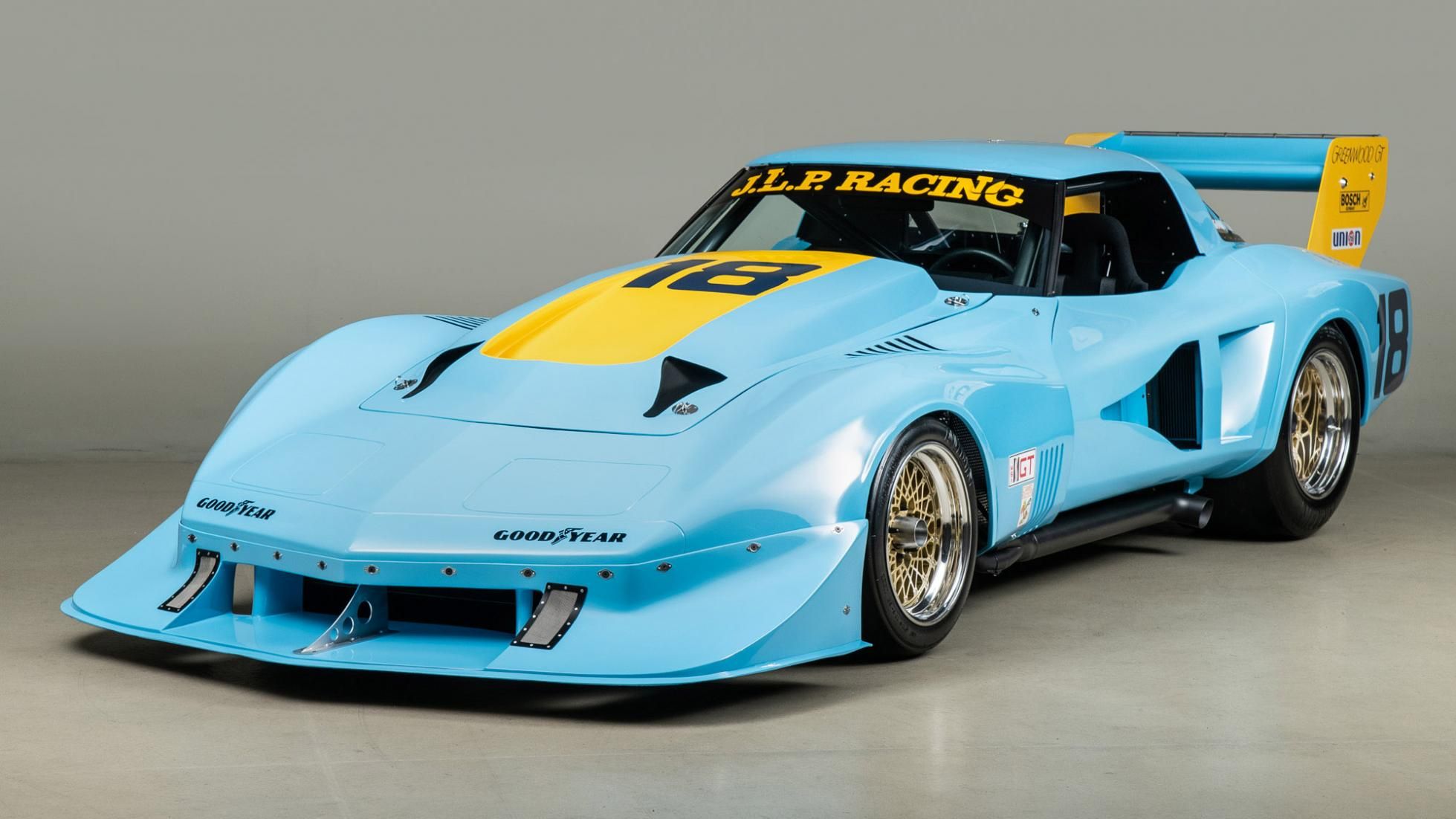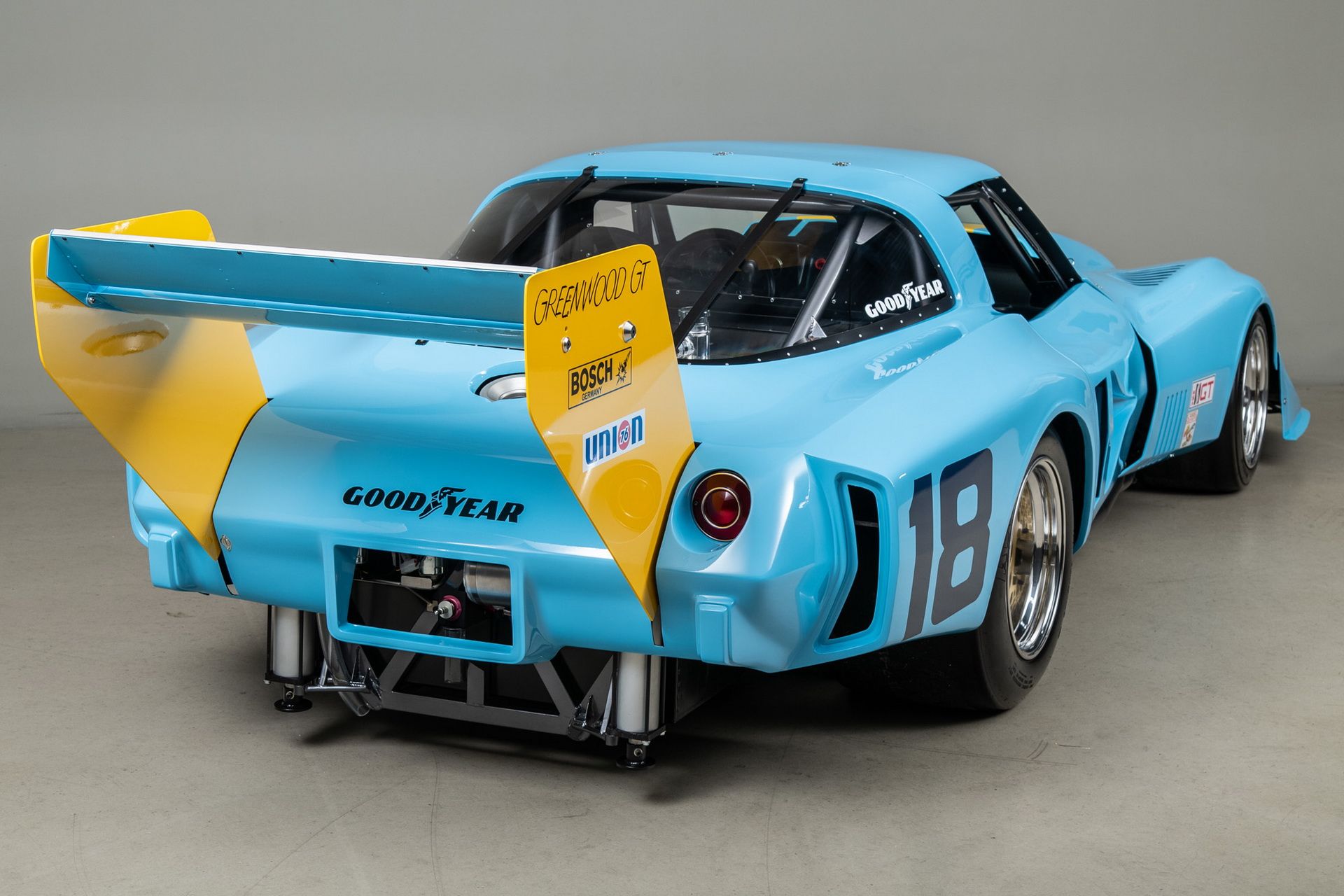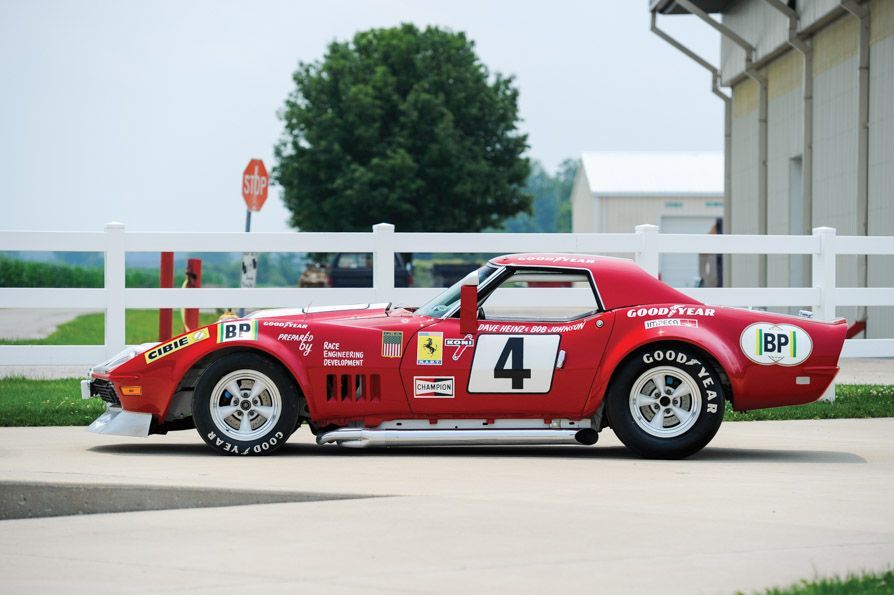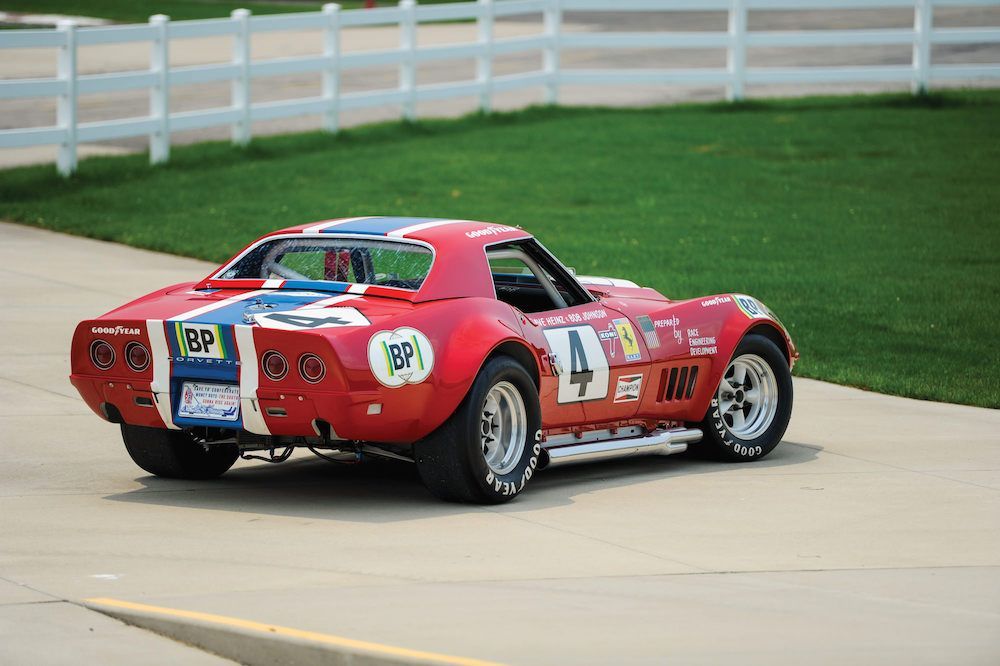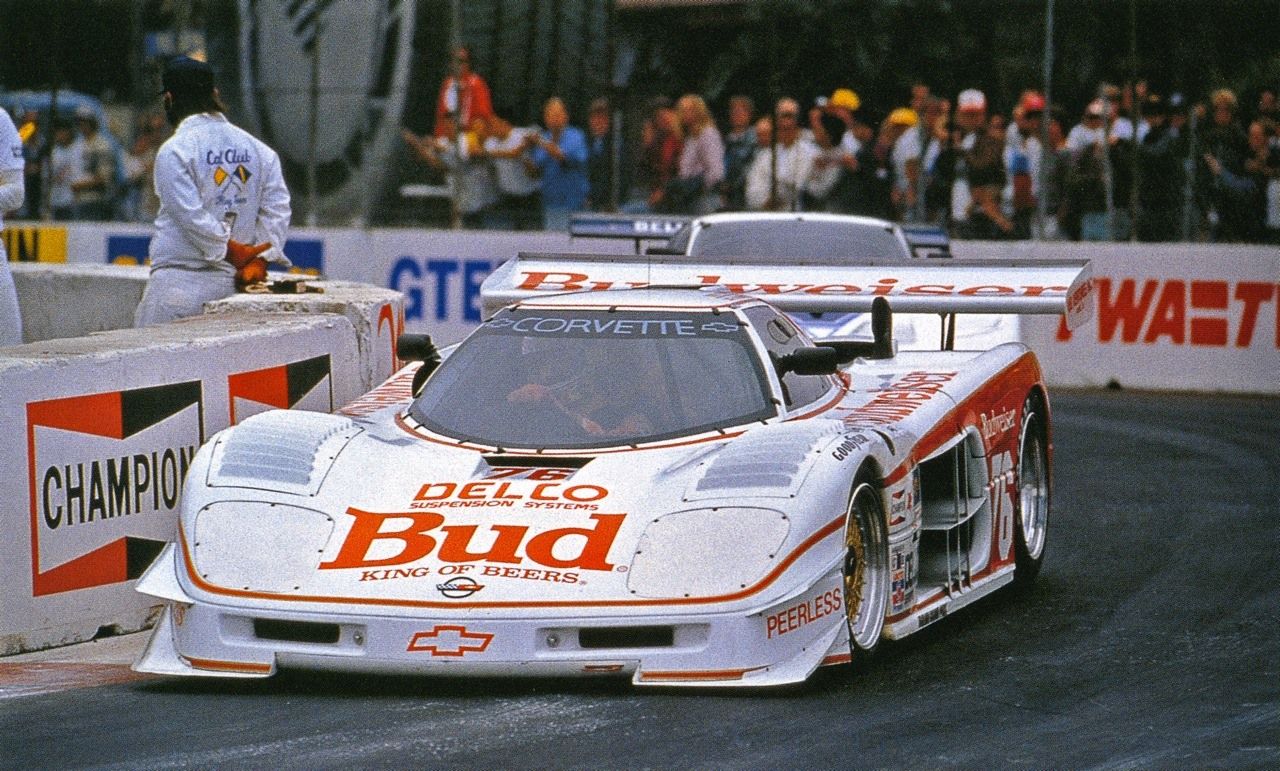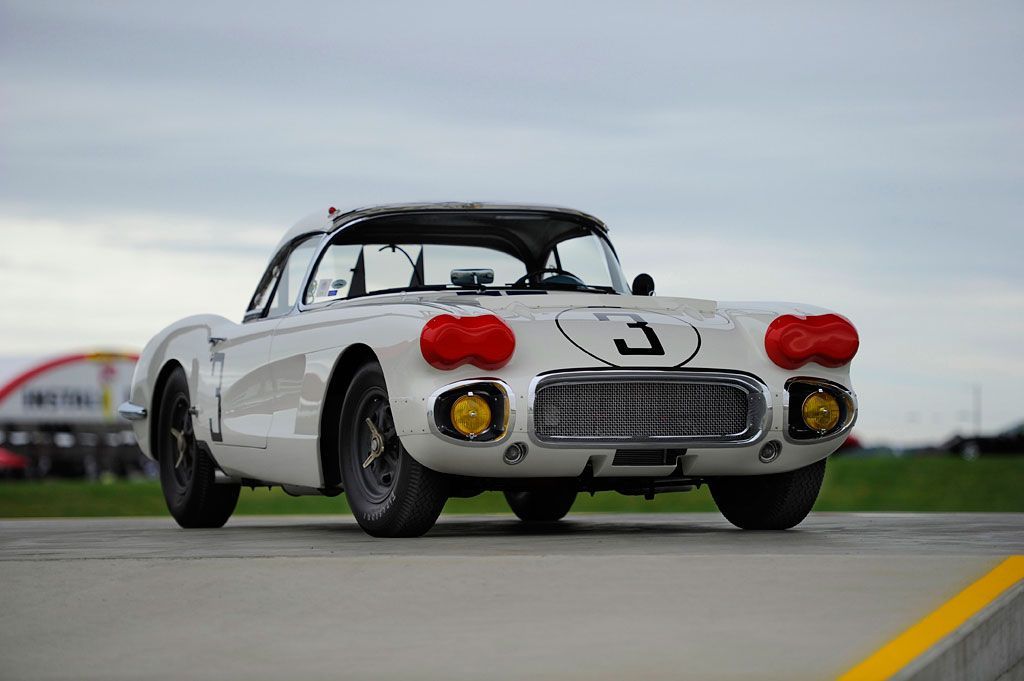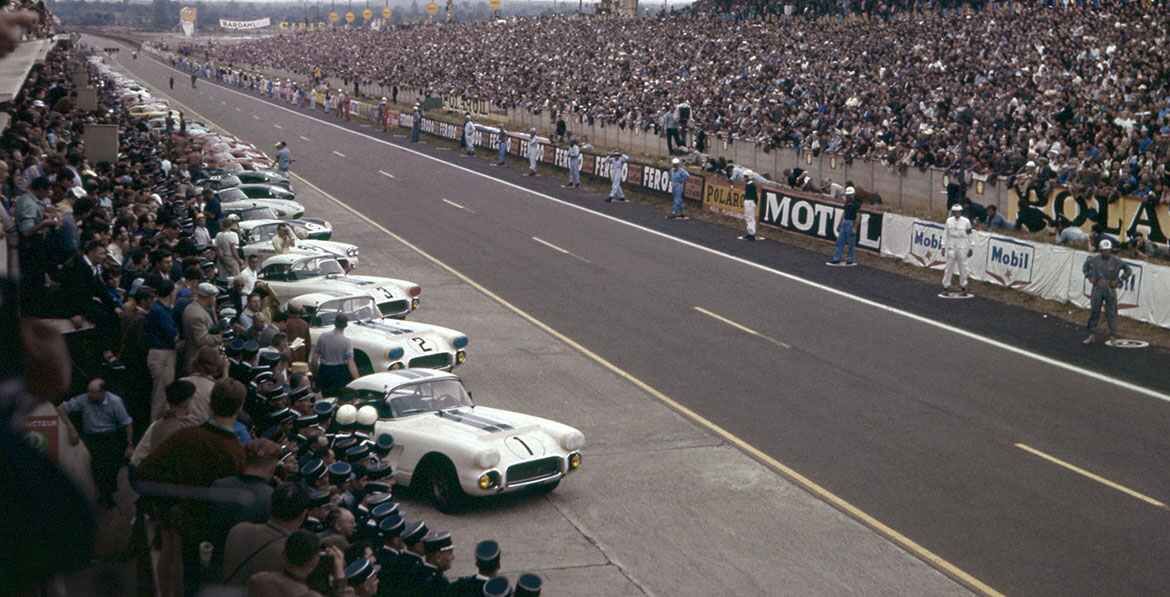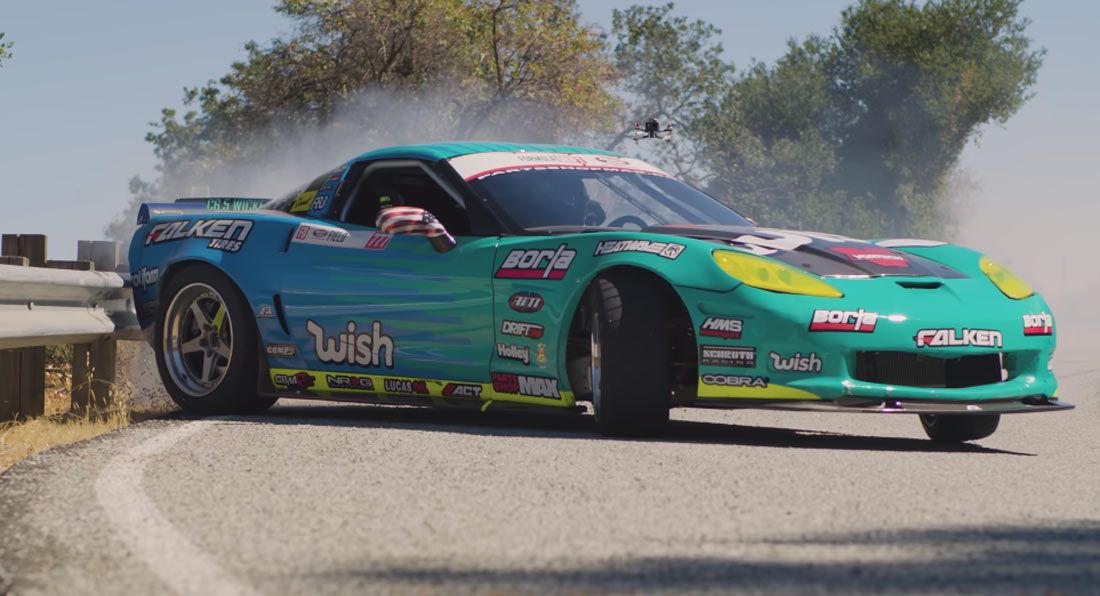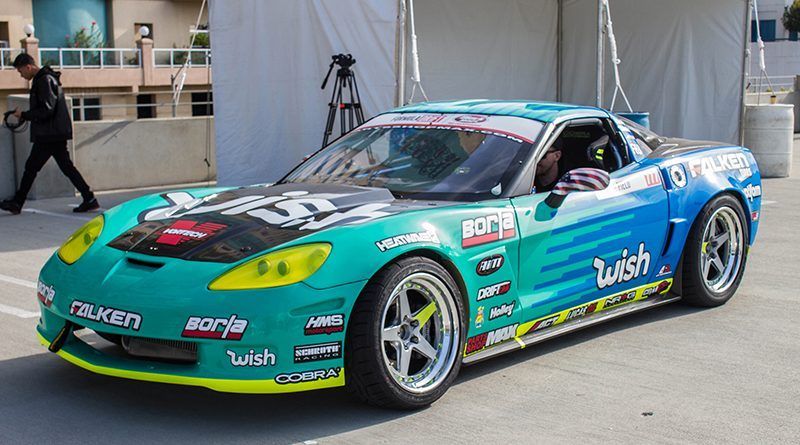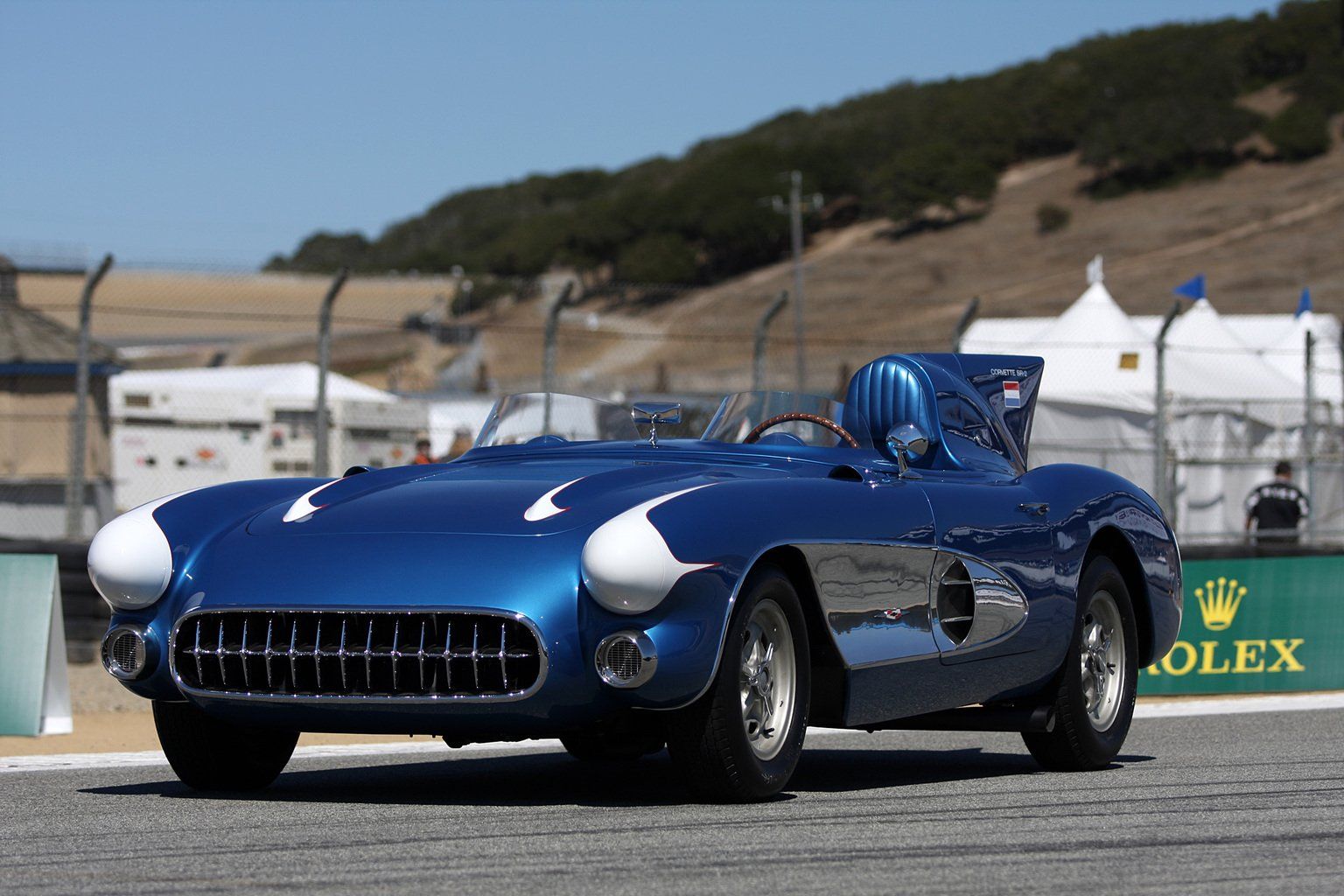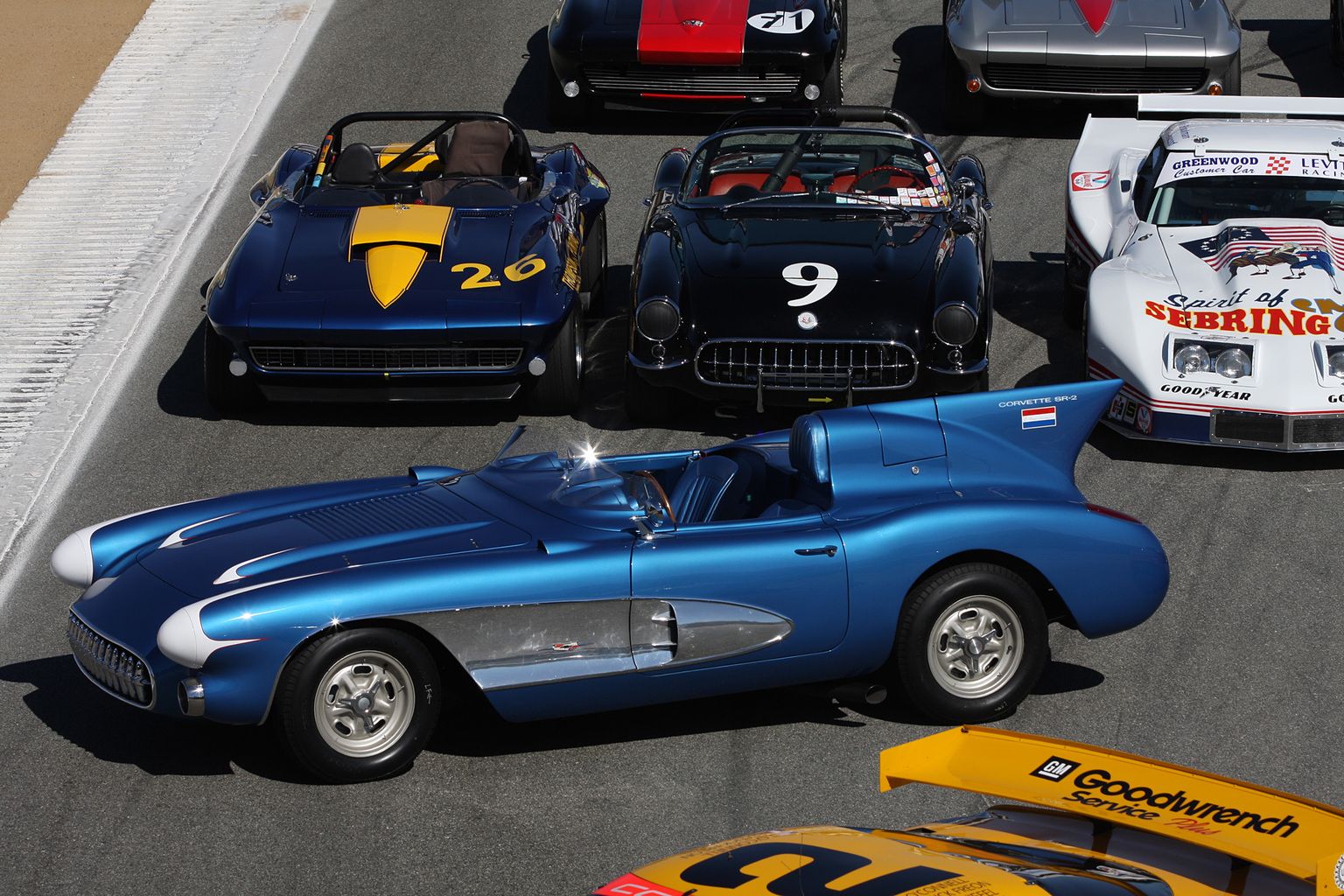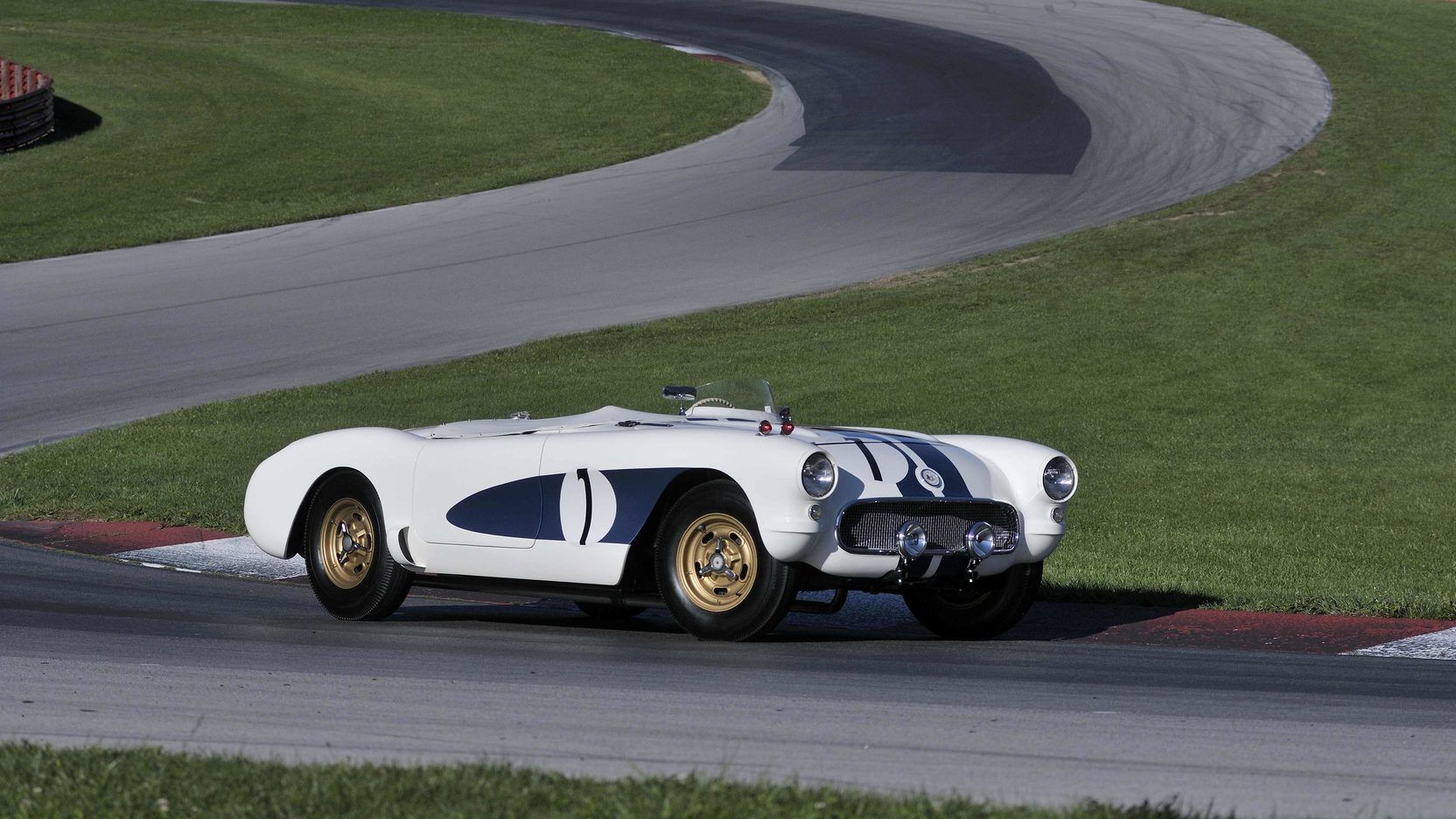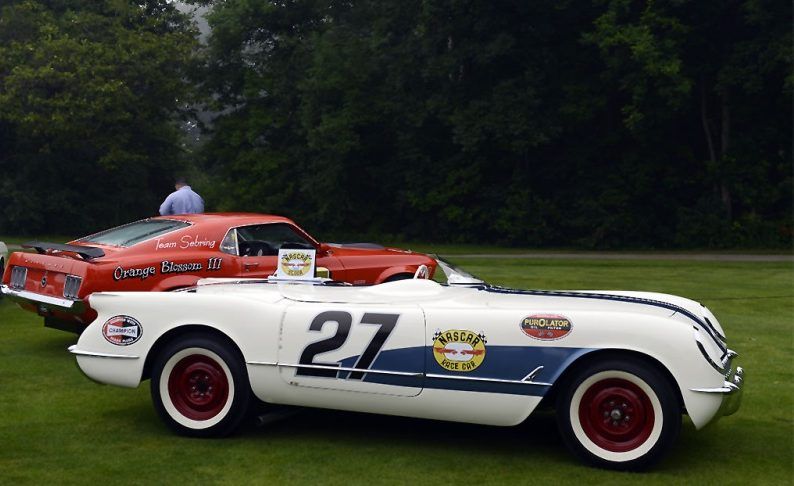"America's Sports Car" – the Chevrolet Corvette is as American as apple pie, and is the bar any American sports cars, and now even many European and Japanese ones, are held to. In the road-going sports car market, it's hard to beat the Corvette for its value, offering great V8 power, sleek and sporty looks, and a whole lot of heritage and performance for a fraction of what similar European sports cars cost.
But that's always been the Corvette's intentions – beating the imported competition in price and performance while being wholeheartedly American. While that alone makes the Corvette an awesome car, sports and performance cars typically are backed by their motorsports heritage. Just like the European sports car competition, though, the Corvette has plenty by the way of motorsports legacy, spawning some truly awesome race cars throughout its history.
Making its motorsports presence known with fervor in IMSA and at Le Mans, here are 10 of the sickest, most awesome, and most historic Corvette race cars to ever hit the track.
10 C8.R
The newest entry to the long history of race-bred Corvettes, the C8.R brings the mid-engine layout to IMSA competition and has already found immediate success.
Revealed in 2019, the C8.R extends the C8's radical drivetrain switch up into the racing world. Not just banking on the mid-engine layout though, the C8.R uses a unique flat-plane crank 5.5 L V8 packing 500 hp, as well as tons of aerodynamic tuning to keep it glued to the track.
Thanks to plenty of suspension work, and the balanced handling its mid-engine layout provides, the C8.R continues the legacy of Corvettes dominating IMSA competition. Entered into the GTLM class, the C8.R took home victory in its second race ever, at Daytona this year, marking the Corvette's 100th IMSA win while ushering in a new chapter for Corvettes in motorsport.
9 Greenwood IMSA "Spirit of Le Mans"
Even with just a glance, this monster is downright stunning, sculpted with aerodynamic elements that make it look absolutely insane. But, that doesn't just stop at the surface level, as the "Spirit of Le Mans" is a brutally fast racer with historic significance.
Known as Rocket Man, John Greenwood's main passions in life included going as fast as possible, and Corvettes. Combining those two interests, Greenwood built and raced some of the most hardcore and badass Corvettes in history. Seeing successful action across many legendary races, the 1976 Spirit of Le Mans would be one of his most awesome creations.
Originally built for race car driver Rick Manusco in order for him to race at Daytona and Sebring, delays and accidents meant the car would see little action in the American races.
Later, Greenwood was offered an appearance fee of $55,000 to bring one of his Corvettes to the 1976 24 Hours of Le Mans by race officials, but his own Corvette racecar was out of commission due to an accident. So, he borrowed and transformed Manusco's Corvette into the Spirit of Le Mans, and shipped it off to France. While a tire blow-out during the race meant he ended up finishing in 49th place, the Spirit of Le Mans remains one of the most awesome Corvettes ever made in terms of looks, performance, and history.
8 Greenwood IMSA Supervette
Another thoroughly insane racing Corvette made by John Greenwood, the IMSA Supervette is further proof of why the man is a legend in the Corvette world
Prior to 1976, full-blown tube-frame based cars were banned from IMSA competition, but with that rule having changed to allow them in, Greenwood got to work taking advantage of the performance potential it offered. Designed by Bob Riley, the tube frame packed innovation without sparing expense, built from pricy, yet light and strong 2" thick chrome-moly tubes.
Powered by a Can-Am racing-derived, big-block aluminum V8, the Supervette could spit out over 750 hp, sending the lightweight race car into warp drive at full tilt. Only 2 of the Sueprvettes were built, and they saw respectable success in IMSA competition, being raced by JLP Racing in the 1978 season, and seeing further competition in IMSA up until 1982.
7 L88 RED/NART
Look closely at the door of this Corvette, and you may notice a Ferrari logo. No, it isn't some wannabe race car pretending to be an Italian exotic, as this was a genuine Le Mans racer with surprising connections to Ferrari.
Life for the RED/NART started off much less glamorous than the Le Mans provenance makes it seem though. Purchased as a wrecked vehicle at auction in 1968, Toye English's Race Engineering and Development (RED) team picked the 'Vette up with intentions of stripping it down and building a race car for the 1973 24 Hours of Le Mans.
With support from Chevy, plenty of performance parts were used to rebuild the Corvette into a monster, including the V8 engine from the supremely powerful L88 Corvette. Denied entry to Le Mans at first, the L88 RED managed to secure a spot racing with NART - Ferrari's North American Racing Team, under the condition that it was painted with a Ferrari livery. Thus, the RED/NART Corvette was born, and while it finished in 15th place overall at Le Mans, it stood out as the only Corvette to finish the race that year.
6 Peerless Eagle 700
Much like the Greenwood "Spirit of Le Mans," the Peerless Eagle 700 was a brutal, specially built IMSA racer that ended up seeing use at the 24 Hours of Le Mans.
Introduced to IMSA competition in 1981, the Grand Touring Prototype (GTP) class allowed for the design and use of some brutal race cars, built from the ground up specifically to race. Among the GTP competitors was the Lola T-600, and after seeing its success in the GTP class, GM began working with Lola, installing their 900 hp, race engineered turbo V6 into the car. Reshaping the Lola to resemble a C4 Corvette, the new Corvette GTP raced for the first time in 1985.
The last Corvette GTP built stood out from the other examples though, powered by a V8 rather than a V6, and raced in IMSA under the Peerless team. In 1990, Peerless entered the car into the 24 Hours Of Le Mans, swapping in an Eagle Performance 10.2 L big-block V8 that laid down over 950 hp, re-naming the car "Eagle 700." While a thoroughly badass and wickedly fast machine, the Eagle 700 failed to qualify at Le Mans due to electrical issues.
5 Cunningham #3
Corvettes have been an established presence at Le Mans for decades, with many versions of America's sports car making themselves known on track. But, that presence began with a set of 3 cars, among which was the Cunningham #3 Corvette.
Attempting to get the recently introduced Corvette into Le Mans, Zora Arkus-Duntov and Corvette racing manager Frank Burell were denied a factory Le Mans race team by GM upper brass in 1956. Not willing to give up a shot at proving the Corvette's worth at Le Mans, Duntov reached out to legendary racer Briggs Cunningham in 1959, offering a set of 3 brand new Corvettes, modified up with all the best go-fast bits Chevy had to offer.
Taking the 1960 model year Corvettes to France, Cunningham's team further modified the 'Vettes with parts including a massive 37-gallon fuel tank, new shocks, and specially designed exhaust. Facing stiff competition, and unforgiving weather, 2 of the Cunningham Corvettes crashed and lost any hope of winning. But, the Cunningham #3 Corvette soldiered on, coming in 8th place overall, but winning the class it was racing in - cementing the Corvette name into Le Mans history.
4 Matt Field Formula Drift
When you think of drift cars, small Japanese units like the Nissan 240SX are the vehicles typically pictured, but, Corvettes can get sideways too, as driver Matt Field has helped prove.
Earning his Formula Drift (FD) license in 2009, Matt Field's career in FD got serious while driving an icon of the drift world - a Nissan 240SX S14. While seeing success with the S14, Matt Field ditched it in 2018, switching to a salvage title 2013 Corvette, and building it up to FD spec. It may seem surprising, but the Corvette is a low slung, front-engine, RWD sports car, much like the 240SX, and as a result can be modified to drift just as well, if not better.
Overhauled with a suite of drift specialized components, Matt Field's Corvette was bestowed with a Chevy 427 big-block V8, and taken to the extreme with a supercharger and nitrous system bringing it to a whopping 1050 hp. An absolute monster of a car, Matt Field and his Corvette still compete in FD today and ranked 9th place in the 2020 season.
3 SR-2
Compared to the later racing Corvettes with massive power numbers the SR-2 isn't that fast, but in terms of historical significance, and awesome looks, the SR-2 is one of the most awesome.
Giving the simple and sleek first year styling of the C1 Corvette a refresh in 1956, Zora Arkus-Duntov helped rework the Corvette into a more capable and modern looking sports car. That same year, to prove its sportiness a modified 'Vette driven by Duntov at Daytona Beach set a speed record, then went on to compete at the 12 Hours of Sebring.
Evolving the modified Corvettes, the SR-2 was born as a special creation for the son of Harley Earl - GM's head of design at the time. Fitted with a suite of race-oriented parts, the SR-2 also reworked the already beautiful C1 Corvette to look absolutely spectacular. Three SR-2s would be built in total, and they helped inaugurate the Corvette into motorsports history with style and speed.
2 "The Real McCoy"
As mentioned, a specially modified Corvette competed at Sebring and Daytona Beach, driven by Arkus-Duntov, helping to kickstart the Corvette's association with motorsports and save the car from extinction. That car would become known as "The Real McCoy" by advertisements and enthusiasts.
While unique in being an American sports car on introduction in 1953, by 1954 Ford had introduced the Thunderbird as a sporty coupe, taking away sales from the Corvette which sunk to just 700 units sold in 1955. Seeing GM's willingness to kill off the slow-selling Corvette, Zora Arkus-Duntov got to work fixing what he thought was the main problem - a lack of any motorsports credentials to its name, and lack of focus on true sports car performance.
Installing a bigger, more powerful V8 engine with specially designed "Duntov Cams," and many race-oriented upgrades like a new 4-speed manual transmission, Duntov, and his Corvette set their sights on the 1956 Daytona Speed Week. Earning The Real McCoy its name, Duntov drove the car at Daytona, setting a new record of 150.5 MPH over the flying Mile. Later entered alongside 2 other similar race-prepped Corvettes, "The Real McCoy" continued to prove itself, winning its class at the 12 Hours of Sebring.
1 #211 NASCAR
While Corvettes are a prolific car throughout the history of IMSA and Le Mans, the most iconic American sports car saw little use in America's most iconic motorsport, save for this beautiful beast.
While not a player in NASCAR races today (except occasionally as a pace car), one Corvette did see NASCAR use. Starting off life as a 1953 model, and the 211th Corvette to be produced, the car was freed from its unimpressive Blue Flame engine and given a performance version of the new 265 V8 in 1955, the same year it would see use in factory Corvettes. While its full history remains murky, and NASCAR career wasn't that illustrious - being overshadowed in legacy by the previously mentioned SR Corvettes, it remains one of only two Corvettes to ever race on the NASCAR circuit - the second being its nearly identical brother, built from the 399th Corvette to be produced.

